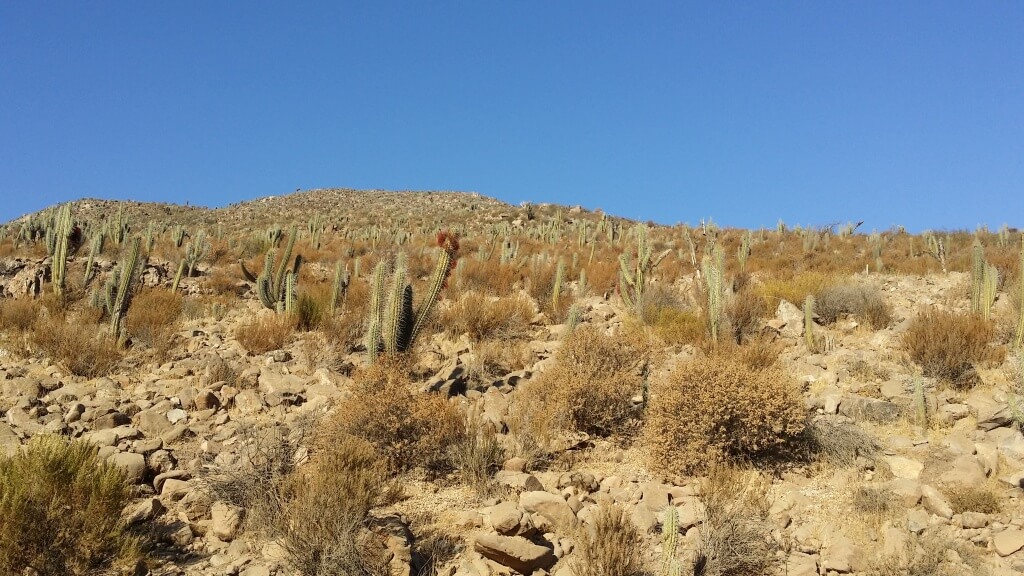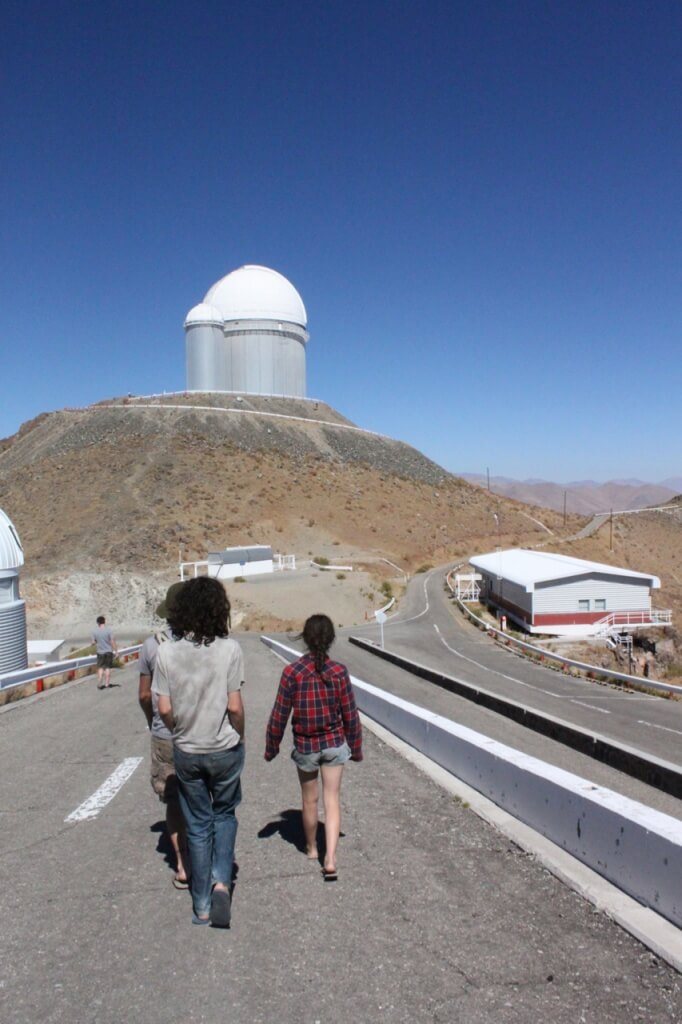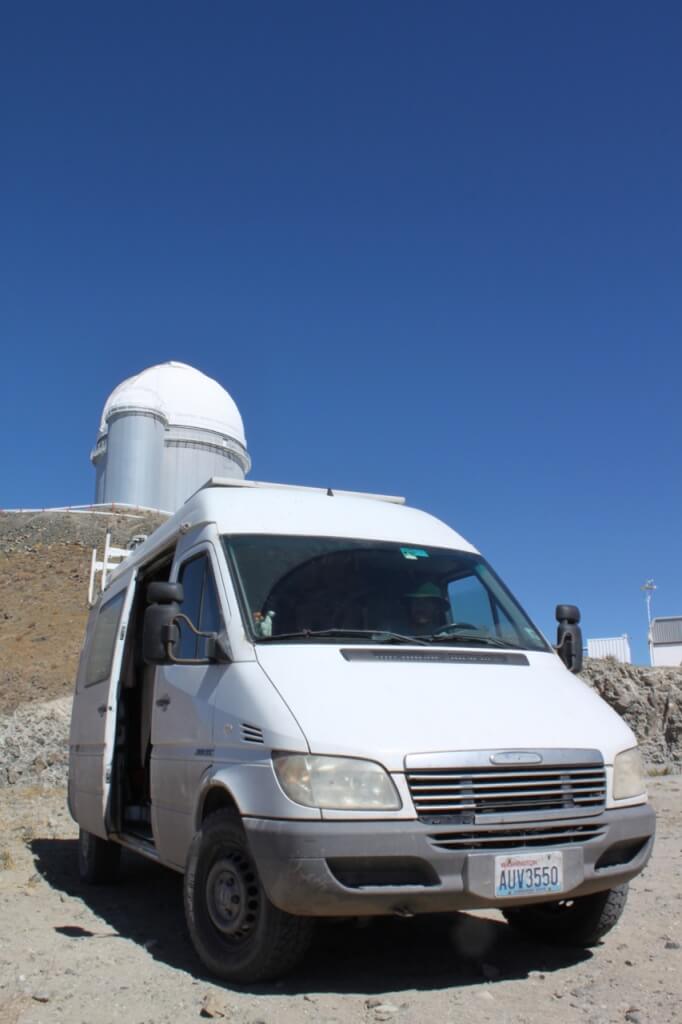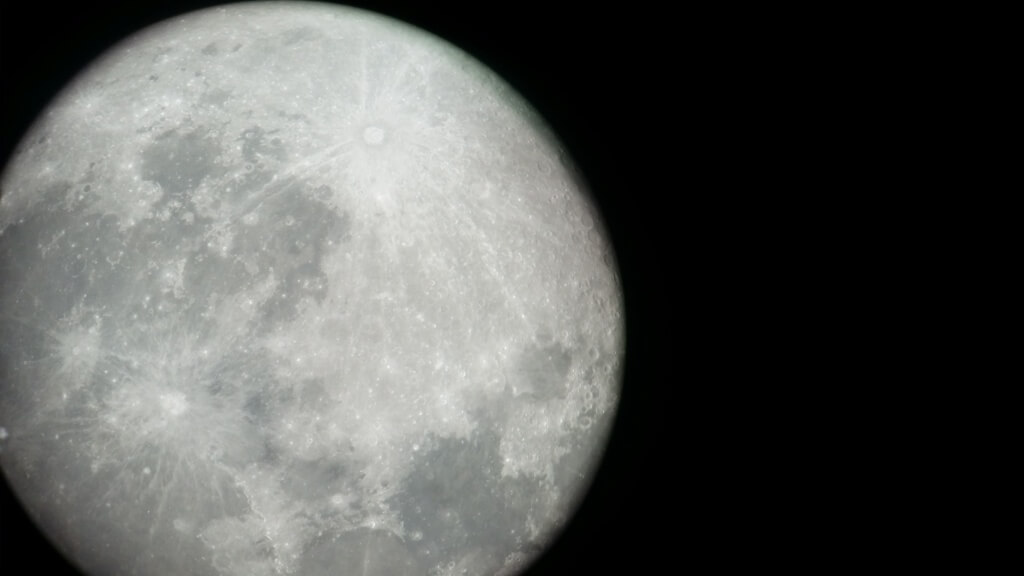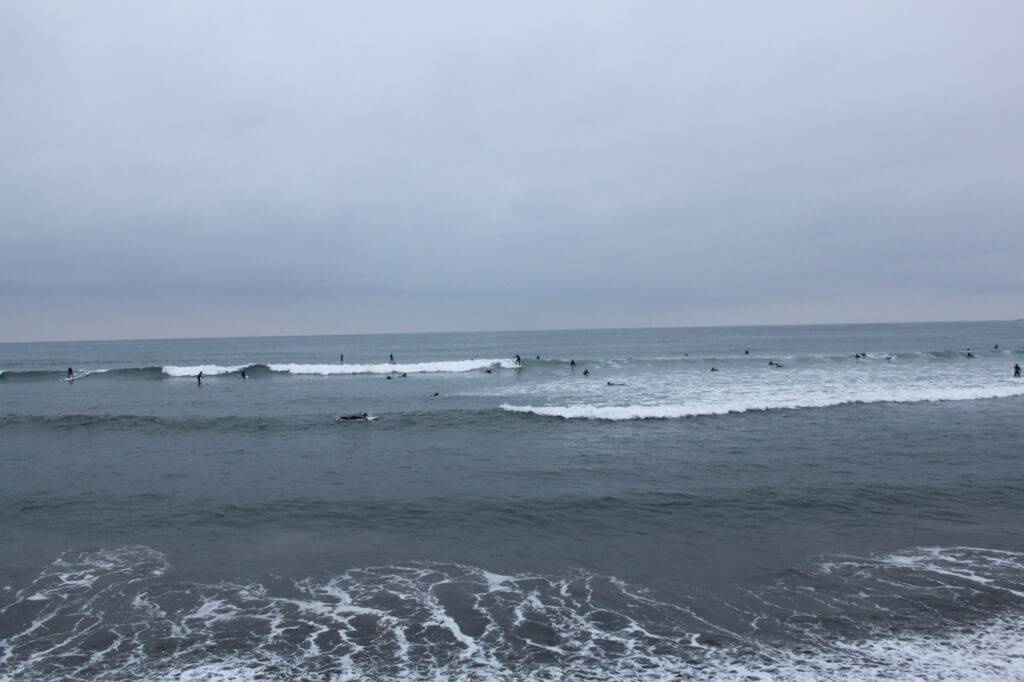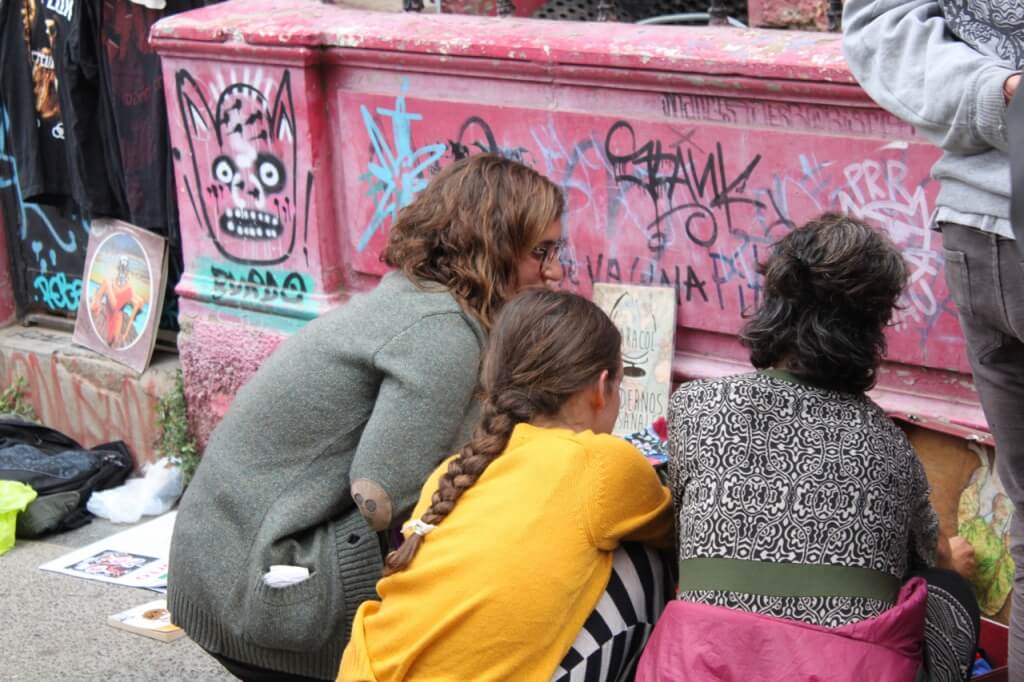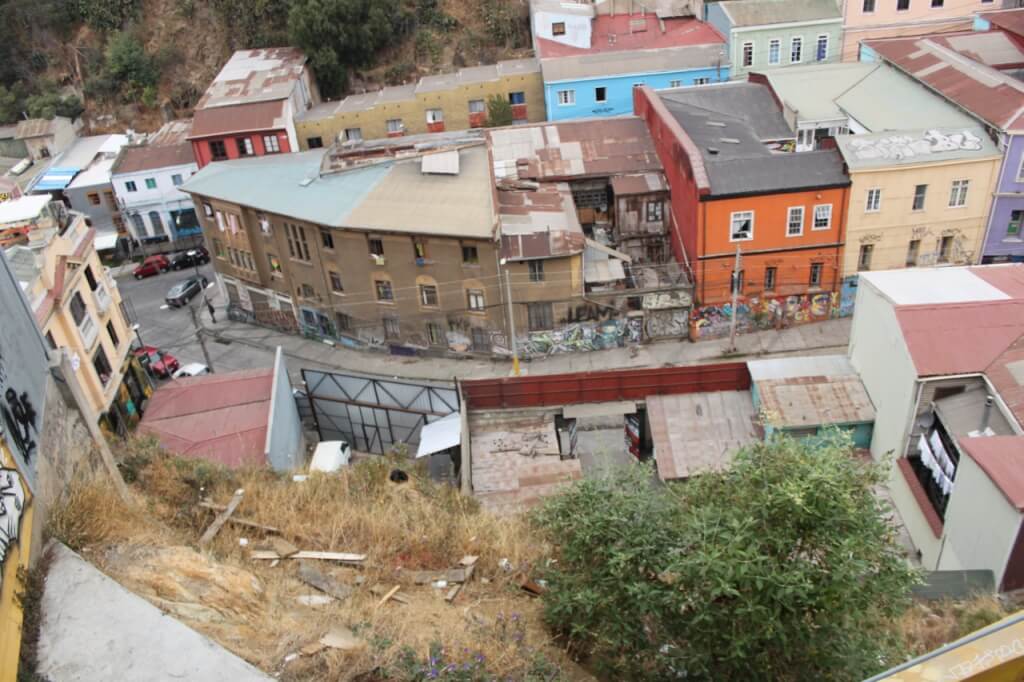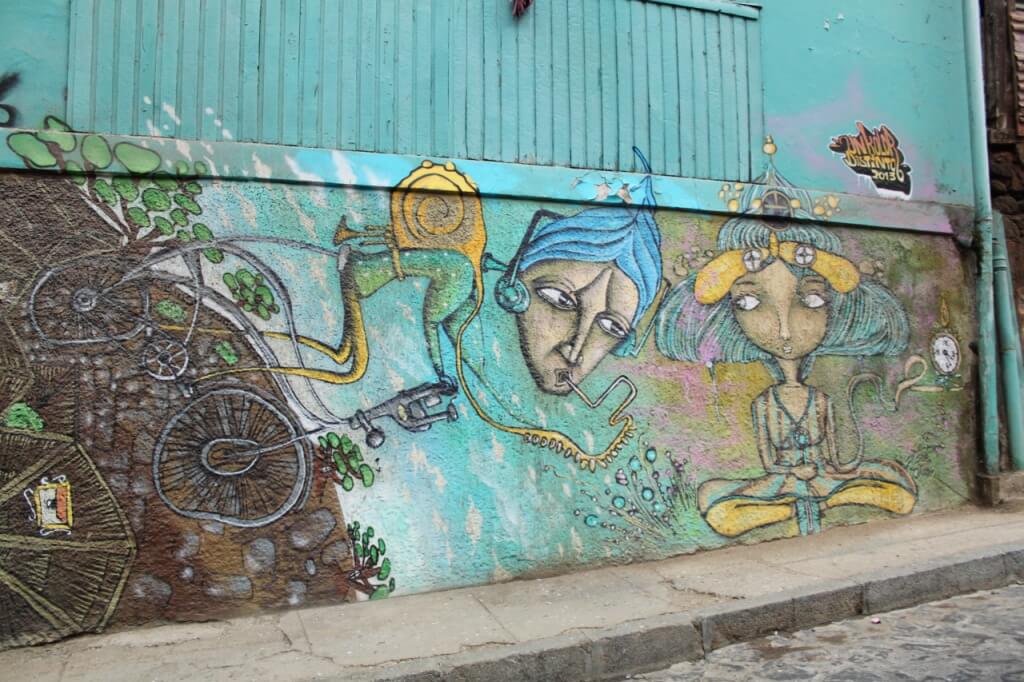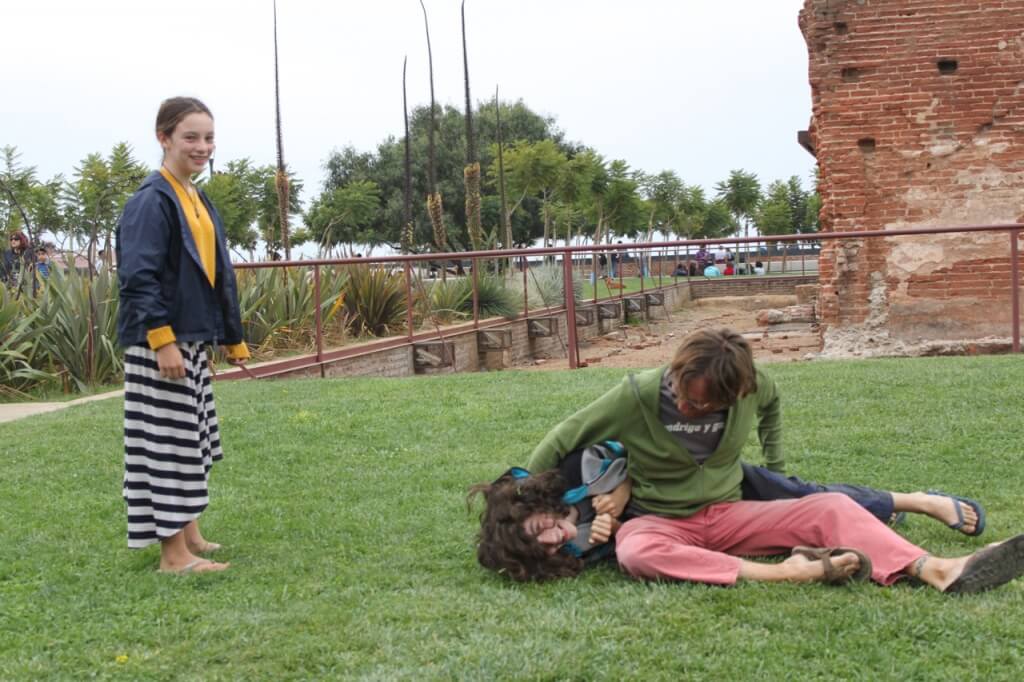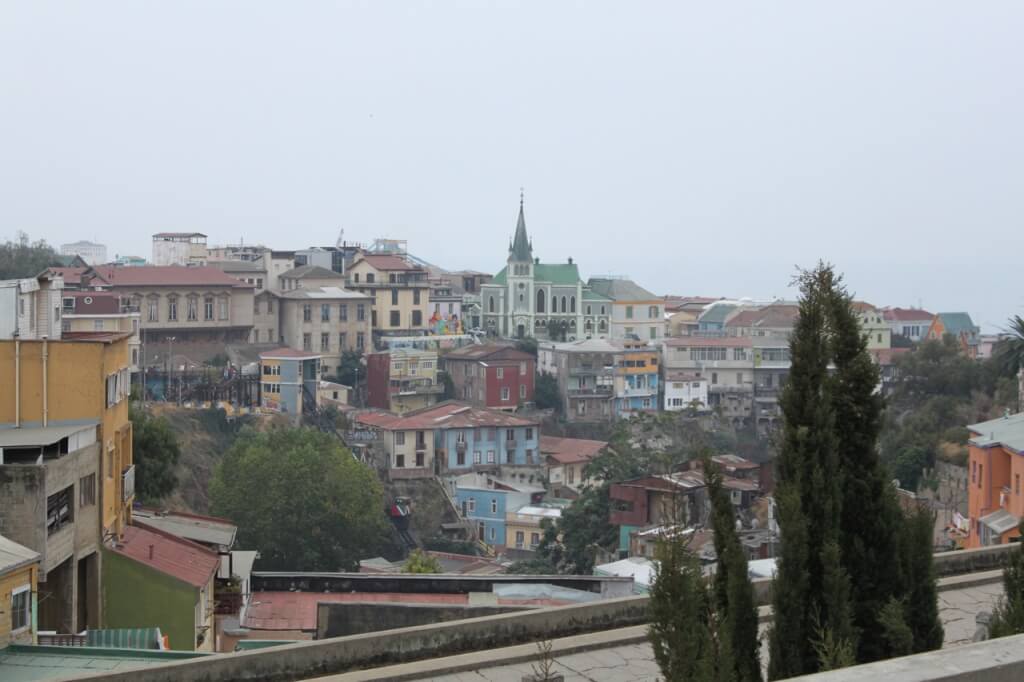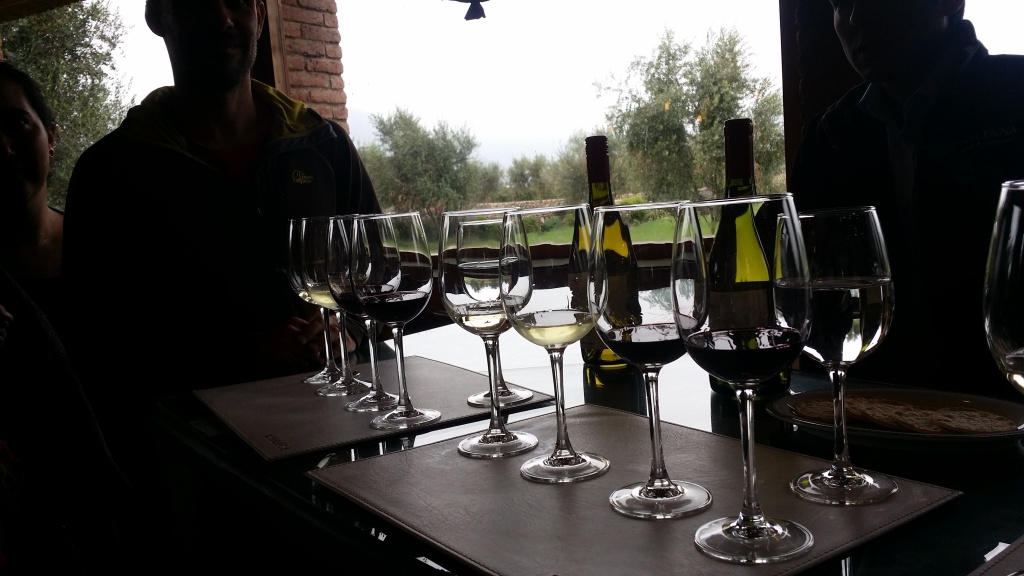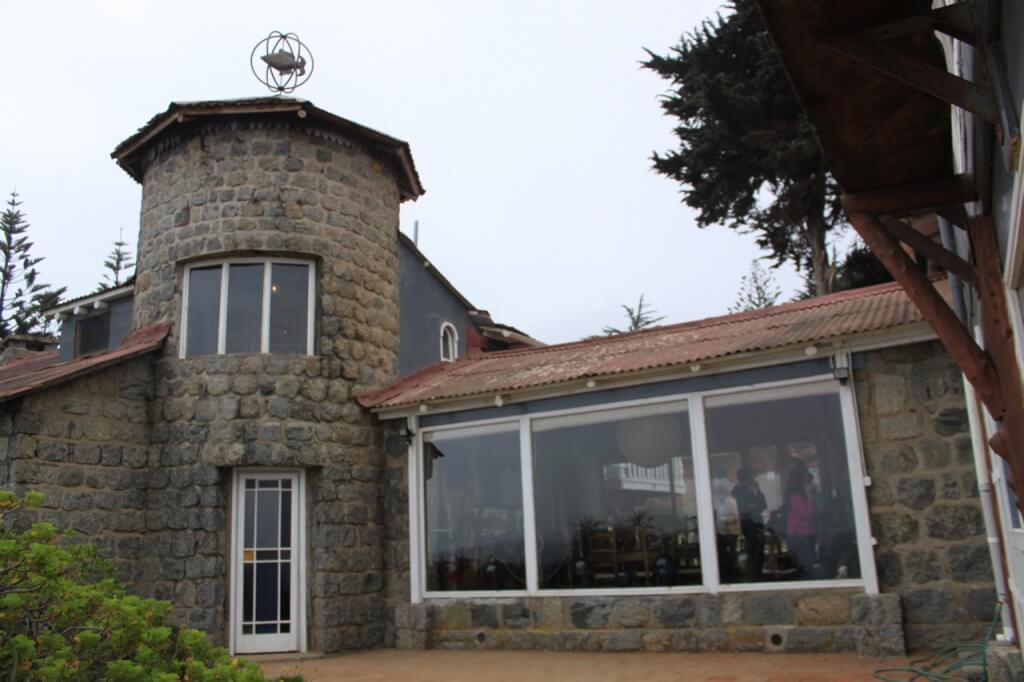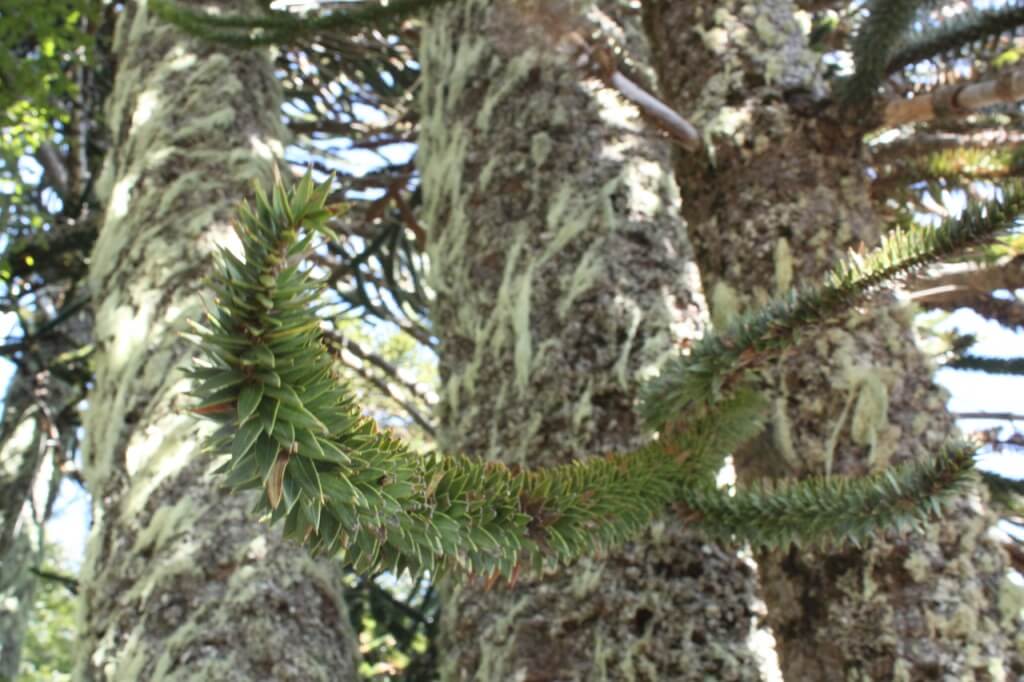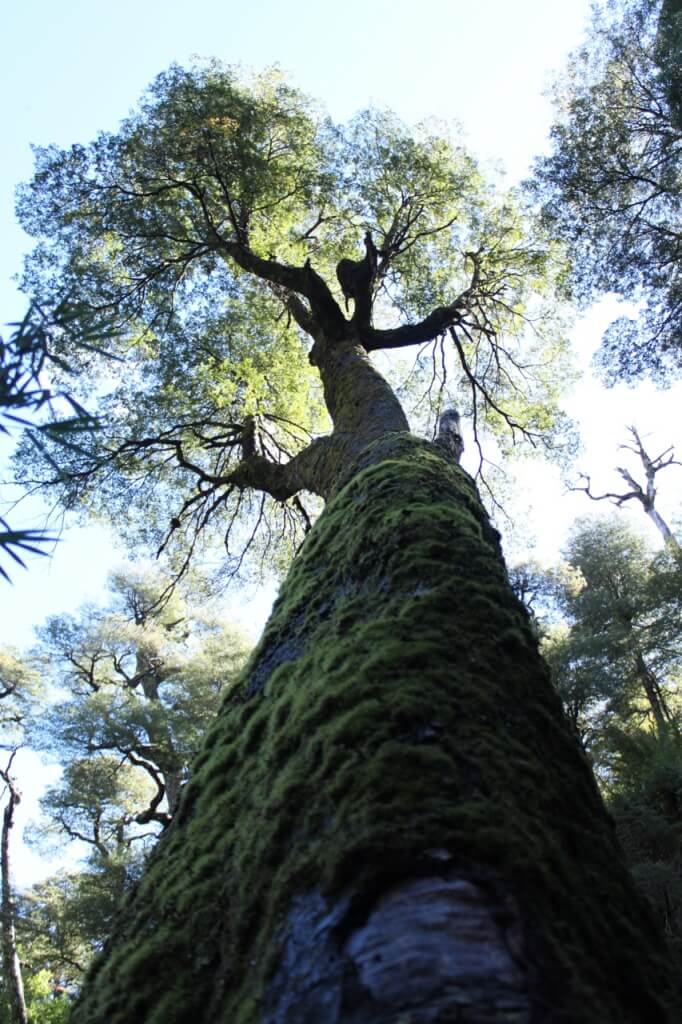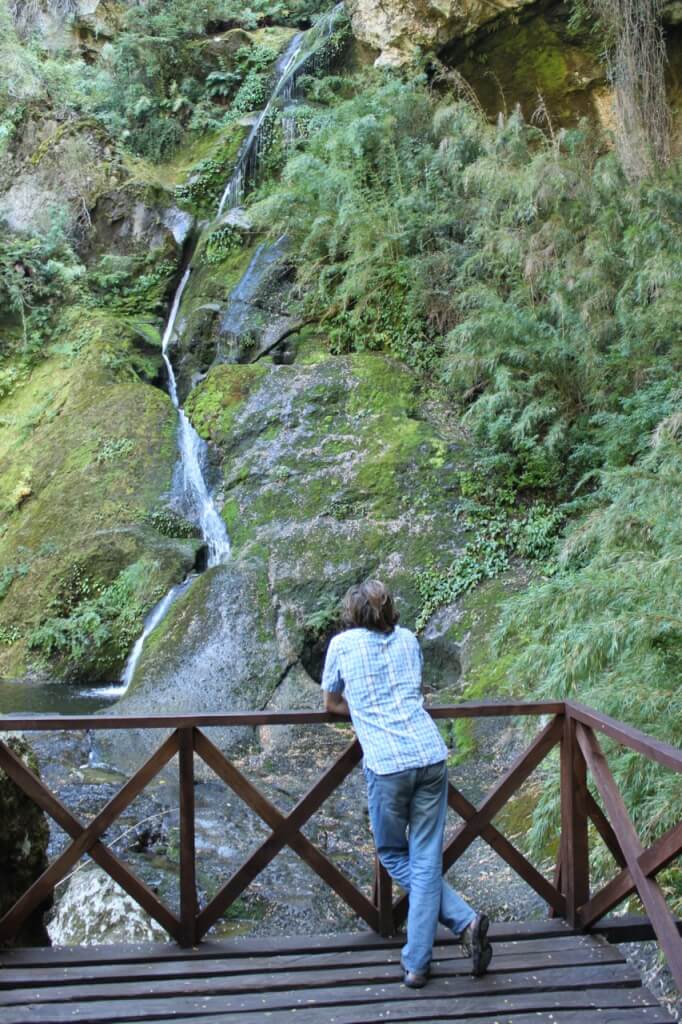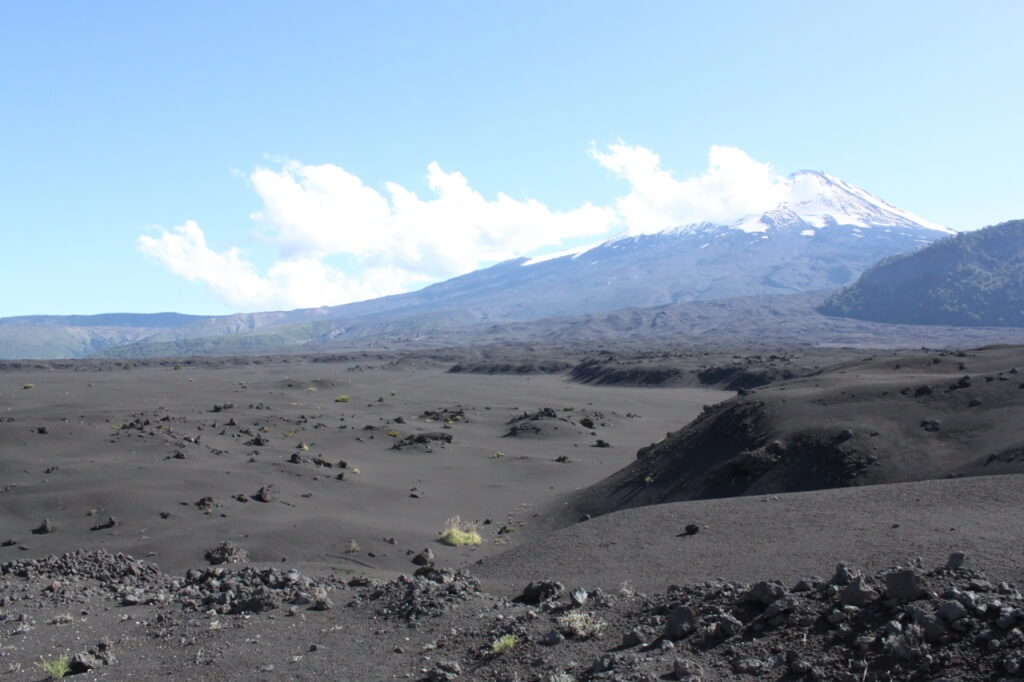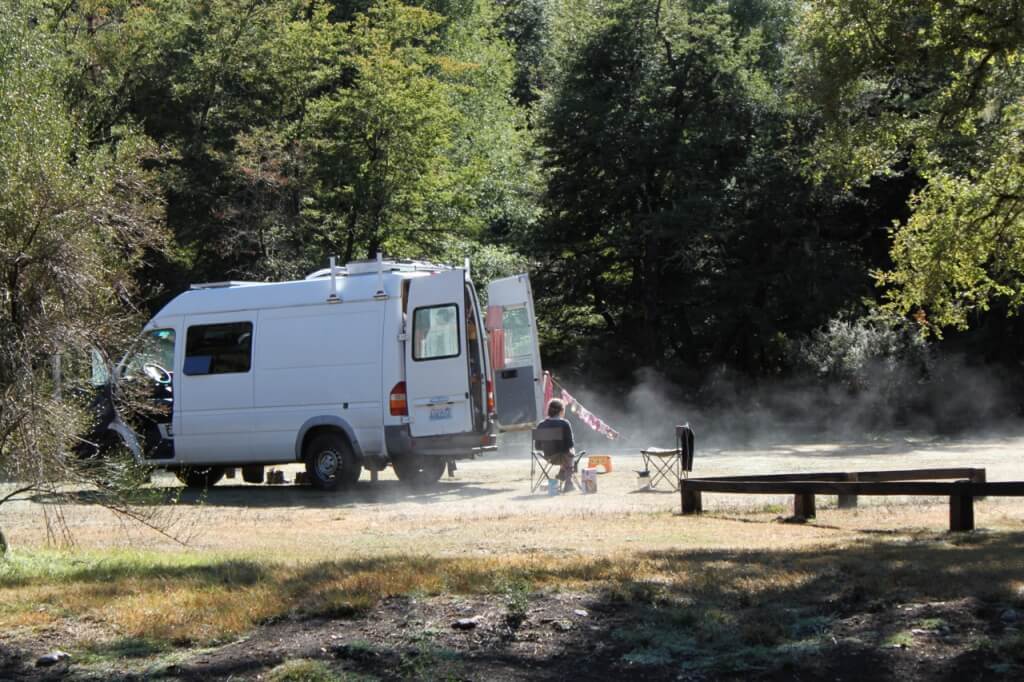The black line on the map is getting longer. It’s approaching the bottom now and things back in time, further north are beginning to blur together. “No, I don’t remember that meal” becomes, “No, I don’t remember that town” becomes, “We were in Guatemala?!?” The black line through central Chile is no exception. To be honest, I’m having a difficult time remembering what happened.
We were still in the southern Atacama desert (yes, STILL IN THE DESERT) when we went to tour the night sky. V found a couple of observatories that accepted visitors. The first called La Silla had impressive facilities. Scientists there were searching for new galaxies, life and the origins of the universe. Their work makes my search for that odd noise coming from the rear axle look like child’s play. However, I doubt the discovery of extraterrestrial life will end a road trip like a bad bearing in the rear differential. The second was further south, where plants finally started to emerge from the desert: acacia, cactus, some grasses. We arrived in a small town called Combarbala, a pleasant place with kind residents happy to see out-of-towners. It was a stark contrast to the Warren Zevon playing on the stereo as we arrived. The observatory sits on a hill above the town. Not as big as La Silla, the Cruz del Sur observatory has telescopes you can actually look through. Jupiter and the moon were beautiful. We learned about constellations through the eyes of the Mapuche and Quechua, like the many bird footprints (which Europeans saw as crosses, like the Southern Cross) that line the banks of a great river (the Milky Way), or a great poncho with three stars in the middle, where the head goes, that others saw as Orion.
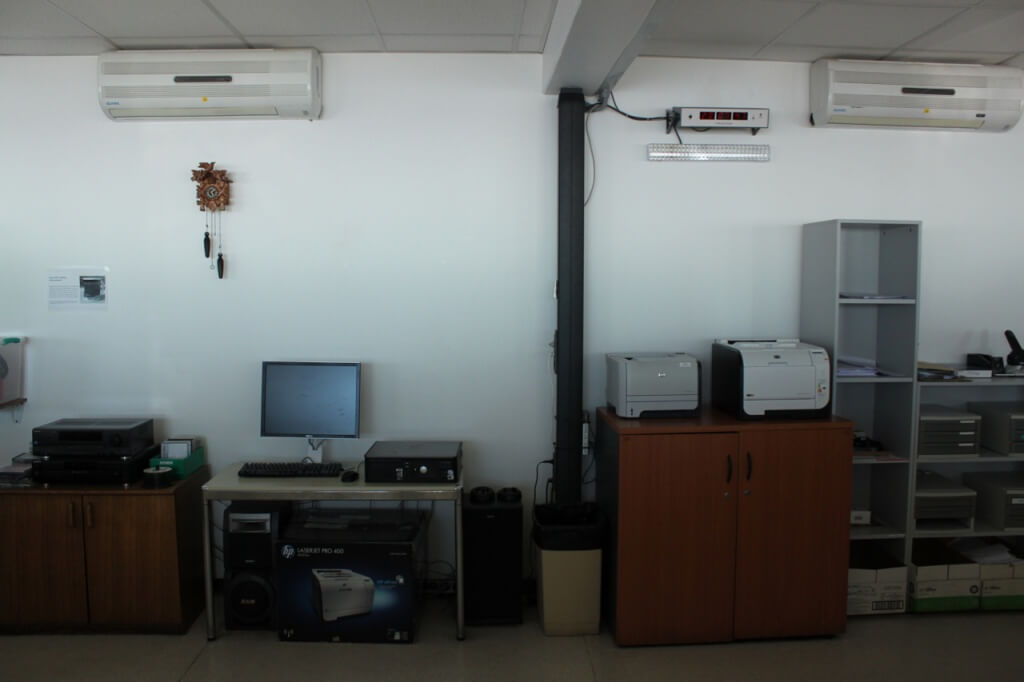
Cuckoo clock on the left, super accurate clock of science on the right at La Silla observatory. Photo by Nate
On down the coast now, approaching the Santiago area we settled for a night in the surf town of Concon. Amidst empanada restaurants, churro stands, surf shops and hand crafted knick-knacks, we found a parking lot for the night. Nestle and Lays banners announced the frontier between surf and sand. The break was lined with dozens of neoprene dots – paddleboarders on the far left, surfers in the center, and a legion of boogie boarders up front like an old-fashioned army about to battle. Their opponent? The camera-carrying, beer-drinking voyeurs on land such as myself.
South of Concon is Valparaiso, an interesting city where metal-roofed homes cling to the steep sides of ravines and roads make their way through rusting neighborhoods like vines. We enjoyed a local art exhibit and some playtime in the park before looking for a café. We passed murals, sculptures, graffiti, street musicians, dancers while the smell of urine hung in the air. It is after all, a gritty town. If I had to sum up my day there in three words it would be rust, art and piss. V and I liked it very much.
Not far from there in Viña del Mar we managed to see a good friend of ours. Carolyn, who lives in Seattle with her family, happened to be visiting Chile and she and her friends took us out to dinner. Her friends invited us all to a local winery where one of them works, so the next morning we followed their car to a valley full of grapes near Casablanca. The Emiliana Vineyard was impressive for this conservation-minded traveler. They take “organic” to a new level and really seem to incorporate social responsibility into their business. A good chunk of the land is kept in its natural state to keep habitat for local plants and animals. Each worker gets a plot in the central garden to grow what s/he wants. The sale of honey and olive oil from the vineyard also goes directly to the workers. Chickens even help control plant disease. Quite remarkable, and the wine was good too!
From Casablanca, it’s a quick drive to Isla Negra where we paid our respects to Pablo Neruda by visiting his house and grave. Other than a quote of his I had hanging on my cubicle wall for many years, I really don’t know Neruda’s work.
“Give me silence, water, hope.
Give me struggle, iron, volcanoes.”
He did, however, influence some of my favorite authors. Abbey comes to mind. Regardless, we all enjoyed the visit to his home. You can tell it was much loved by the poet and full of, what I imagine to be, his many eccentricities and vivaciousness.
Dry land slowly gave way to vineyards, to orchards, to farms as we passed Talca and Los Angeles and eventually into a proper forest when we crossed the Bio Bio river. Though much of the forest along the highway has been leveled to grow eucalyptus (nasty, water-sucking things they are) once you take the back roads toward the Andes you come across monkey-puzzle, coihue, and alerce trees.
We visited the beautiful forests of Tolhuaca National Park (or what’s left of them following a human-made forest fire anyway), and the volcanic scenery of Conguillio National Park. A nice day hike took us to a viewpoint where we were greeted by our first Andean condor. It made quite the display as it circled around us lifting higher and higher into the sky. A good omen perhaps? Or maybe a sign of changes ahead. Because it was in this area that it finally happened. We had been avoiding it since before we left home, though we knew we’d have to confront it eventually. The first rain of the season arrived, and after 10 months of summer, autumn finally caught up to us. Time to bring out the blankets as we head into Patagonia.

